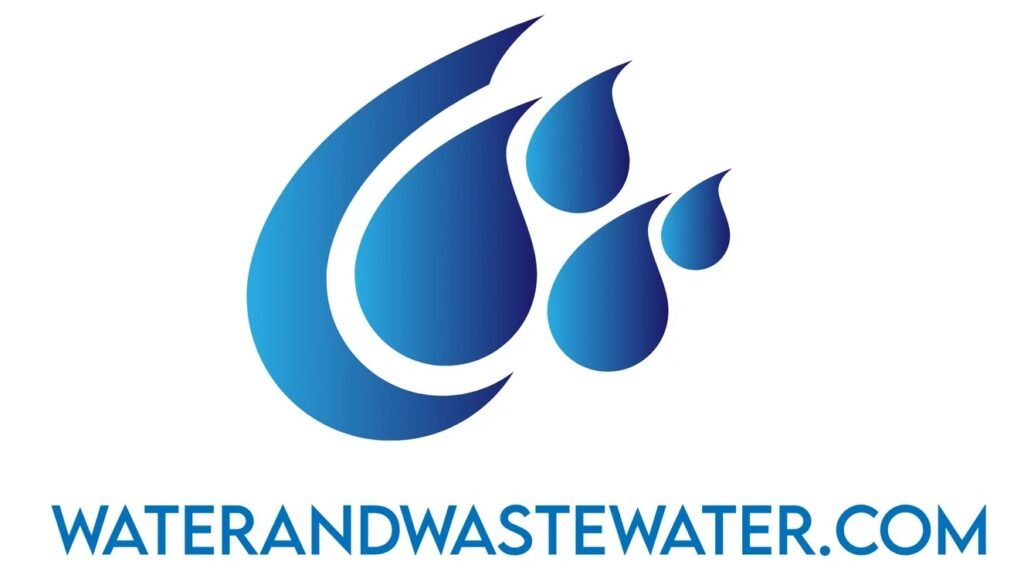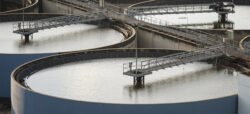
Wastewater Treatment Tanks
Comprehensive Guide to Wastewater Treatment Tanks: Essential Insights for Professionals
Introduction
In an age where water scarcity and pollution are pressing global issues, the importance of effective wastewater treatment cannot be overstated. According to the United Nations, approximately 2 billion people worldwide still lack access to safely managed drinking water, exacerbating the need for efficient wastewater management systems. Wastewater treatment tanks play a critical role in this ecosystem, acting as the first line of defense in the purification process before water re-enters the environment or is reused. Understanding their functionality, types, and maintenance is essential for wastewater treatment professionals and facility managers.
This article delves into every aspect of wastewater treatment tanks, presenting a thorough analysis backed by research, statistics, and insights aimed at equipping professionals with the knowledge to optimize wastewater management processes effectively.
1. The Role and Importance of Wastewater Treatment Tanks
Wastewater treatment tanks are integral components of wastewater treatment facilities, designed to disperse, store, and treat sewage and industrial effluents before they are released into natural water bodies or reused for agricultural or industrial purposes. Research published in leading environmental engineering journals indicates that approximately 80% of the world’s wastewater is discharged without any treatment, highlighting an urgent need for enhanced treatment infrastructure, particularly in developing nations.
Key Functions of Wastewater Treatment Tanks
- Sedimentation: Tanks facilitate sedimentation, allowing physical separation of suspended solids and sludge.
- Biological Treatment: Many types of tanks support biological treatment processes where microorganisms degrade organic pollutants.
- Filtration: Advanced tanks can filter harmful substances from wastewater, removing pathogens, heavy metals, and other contaminants.
- Nutrient Removal: Treatment tanks are also equipped to remove excess nutrients like nitrogen and phosphorus, which are crucial in preventing eutrophication in natural water bodies.
Statistical Overview
- According to the U.S. Environmental Protection Agency (EPA), roughly 34% of the 900,000 miles of sewer lines in the United States are located in a condition that may require immediate intervention.
- A 2021 report by the Global Water Intelligence indicates that investment in wastewater treatment infrastructure globally is projected to exceed $2 trillion by 2030.
2. Types of Wastewater Treatment Tanks
Choosing the appropriate wastewater treatment tank is critical for optimizing treatment performance and meeting regulatory requirements. Here are the most common types, each serving distinct functions:
2.1. Septic Tanks
Septic tanks are common in areas without centralized sewage systems. Typically buried underground, they separate solids from liquids and utilize anaerobic bacteria for decomposition.
- Advantages: Cost-effective for rural areas; requires minimal maintenance.
- Disadvantages: Not suitable for high-density populations; susceptible to groundwater contamination.
2.2. Aeration Tanks
These tanks utilize mechanical aerators to inject air into the wastewater, enhancing the growth of aerobic bacteria that decompose organic materials.
- Operational Insight: The aerobic treatment process can reduce Biochemical Oxygen Demand (BOD) by up to 90% within 24 hours, improving effluent quality significantly.
2.3. Clarifiers
Serving as settling tanks, clarifiers allow sedimentation to separate solid particles from treated water. They are frequently used following biological treatment processes.
- Design Factors: The efficiency of clarifiers can be influenced by design parameters such as tank geometry and the type of flocculation agents used.
2.4. Membrane Bioreactors (MBRs)
Combining biological treatment and membrane filtration, MBRs are on the rise in urban areas due to their ability to treat a wide range of wastewater.
- Performance Metrics: MBRs can achieve effluent quality suitable for reuse applications, reducing the need for post-treatment filtration.
2.5. Sequence Batch Reactors (SBRs)
SBRs are a type of activated sludge process operated in batch mode. They are known for their flexibility in managing variable flow and load.
- Advantages: Efficient in dealing with peak loads; allows for simultaneous treatment and clarification in the same tank.
3. Challenges in Wastewater Treatment Tank Operations
Despite advancements in technology, managing wastewater treatment tanks presents numerous challenges:
3.1. Inflow and Infiltration
Excessive inflow from stormwater can lead to operational overloads, diluting the concentration of contaminants and decreasing treatment efficiency. According to the Water Environment Federation (WEF), over 25% of treatment plant capacity is often consumed by extraneous flows during storms.
3.2. Sludge Management
Proper management of sludge is crucial for maintaining optimal tank operation. Untreated sludge can lead to capacity issues and operational inefficiencies, with studies indicating that 60% of treatment facility operational costs are attributed to sludge handling and disposal.
3.3. Regulatory Compliance
Adhering to local, state, and federal regulations poses a constant challenge for facility managers. The discharge limits set by the EPA necessitate regular monitoring and potentially costly upgrades to existing infrastructure.
3.4. Aging Infrastructure
Much of the existing wastewater infrastructure is aging, leading to frequent breakdowns. The American Society of Civil Engineers (ASCE) has rated U.S. wastewater infrastructure a “D+” grade, indicating critical need for updates and repair.
4. Solutions for Optimizing Wastewater Treatment Tanks
4.1. Regular Maintenance and Monitoring
Routine maintenance and monitoring of wastewater treatment tanks can prevent many operational challenges. Tools like SCADA systems (Supervisory Control and Data Acquisition) enable real-time monitoring, providing facility managers with crucial data to optimize tank performance.
4.2. Investment in Technology
Innovative technologies, including real-time sensors and advanced filtration systems, can improve treatment efficiency and compliance with regulations. Studies have shown that integrating automated systems can reduce the operational costs of wastewater treatment facilities by 20-30%.
4.3. Employee Training and Engagement
Ensuring that the facility staff is well-trained in wastewater treatment processes and current technologies is vital. Investment in continuous education programs fosters employee skill development, leading to improved facility operations.
4.4. Sustainable Practices
Facilities should integrate sustainable practices such as energy recovery systems, nutrient recycling, and using treated effluent for non-potable applications to enhance sustainability while reducing operating costs.
Conclusion
Wastewater treatment tanks serve as pivotal entities within the broader wastewater treatment landscape, facilitating the safe and efficient management of sewage and industrial effluents. The pressing need for enhanced wastewater infrastructure across the globe highlights the importance of understanding various tank types, operational challenges, and potential solutions. By implementing advanced technologies, regular maintenance, and sustainable practices, professionals can optimize the efficacy of wastewater treatment tanks, contributing significantly to community health and environmental sustainability.
In this interconnected world, embracing innovation in wastewater management not only addresses immediate operational concerns but also plays a central role in safeguarding our precious water resources for future generations. As the global water crisis intensifies, the responsibility rests on wastewater treatment professionals to lead the charge in delivering effective solutions.
This article provides a deep dive into the world of wastewater treatment tanks, ensuring that facility managers are equipped with the knowledge necessary to face current and future challenges effectively. For further exploration into specific technologies or best practices, consulting experts in the field and referencing up-to-date studies is highly recommended.
